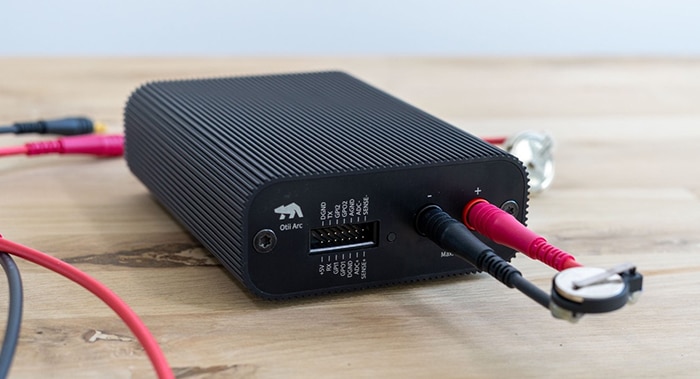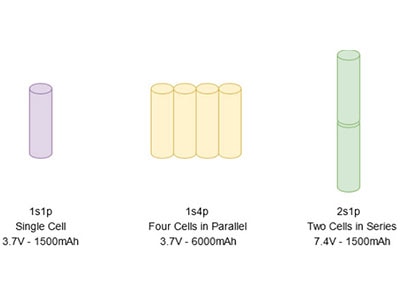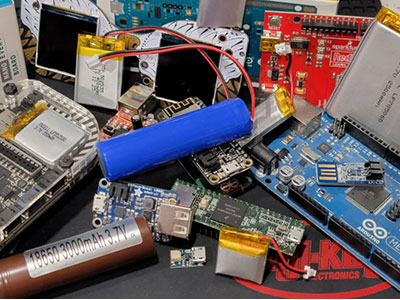What is the Battery Life of the Product that You Are Developing?
At the start of every new development project, we all are trying to make an educated trade-off between a product’s form factor, what kind of battery to use to power it, and for how long before the battery is drained. Usually, you start by turning to a quick and simple formula like the one used in the DigiKey Battery Life Calculator. You will receive an estimation of battery life based on nominal battery capacity and the average current that you assume the load will draw from it.
This is very useful to kickstart the energy budgeting in a project before any prototypes are available. As soon as you have hardware in your hands, it is time to improve the accuracy of your estimation! Keeping an eye on the battery life throughout the development project is crucial since constant changes in hardware, firmware, and the application will impact the final result, and it can make or break your project.
We have gathered a few methods that you can apply daily depending on where you are in the development project and how much accuracy you need in your estimations of battery life.
#1 The go-to-everyday battery life estimator
Much like DigiKey’s Battery Life Calculator, you can find a neat and quick feature when using Otii Arc by Qoitech called Battery Life Estimator. Here, you apply the datasheet capacity of your chosen battery but take into account the current consumption and time spent in both the active and sleep modes during the duty cycle of your device. Preferably you should measure these, so the awesome thing about this estimator is that it can get these values from the actual measurement of current consumption during the device duty cycle. As a result, you get the battery lifetime and the number of duty cycle iterations estimated for the chosen battery capacity.
 Battery life estimation based on measured current behavior of the device. (Image source: Qoitech)
Battery life estimation based on measured current behavior of the device. (Image source: Qoitech)
#2 Battery life estimation with a profiled battery
When using the Battery Life Estimator, self-discharge and safety margin can be accounted for. This can significantly shorten the battery lifetime, especially if the sleep-mode current is low. Also, device cut-off voltage may limit the usable battery capacity to a lower value than specified by the battery manufacturer. To address this, we have introduced the Otii Battery Toolbox for Otii Arc and a profiling feature where a battery can be profiled for the specific loads representing the device behavior. By connecting a battery to the main connectors of the Otii Arc, you can test how the battery performs with different kinds of loads for a chosen profiling time. The longer the profiling time, the better the accuracy. However, the time needs to be reasonable, as nobody has the time to wait for the battery to fully drain. A more detailed description of the toolbox you can find here.
 Otii Arc set-up for profiling batteries. (Image source: Qoitech)
Otii Arc set-up for profiling batteries. (Image source: Qoitech)
#3 Battery life estimation with the usable battery capacity
Using the Otii Battery Toolbox, you can further improve the accuracy of the estimation by applying the profiled battery discharge to the device (instead of powering it with a power supply). You can emulate the battery at different levels of used capacity to find out what the actual usable capacity would be. You can observe when the cut-off voltage of the device under test is achieved, the device shuts down or reboots. This can be performed for both serial and parallel battery set-ups.
For each of the methods above, the accuracy of the battery life estimation improves. Use different methods but be aware of the inaccuracies during the product development so you can make the right decisions.
Want to know more about the methods above? Book a demo with Qoitech experts!
Related Videos:
Introducing the Battery Life Estimator by Qoitech
Products: Otii Arc; Otii Battery Toolbox
Products: Otii Arc
How to start measuring with Otii Arc
Products: Otii Arc

Have questions or comments? Continue the conversation on TechForum, DigiKey's online community and technical resource.
Visit TechForum











